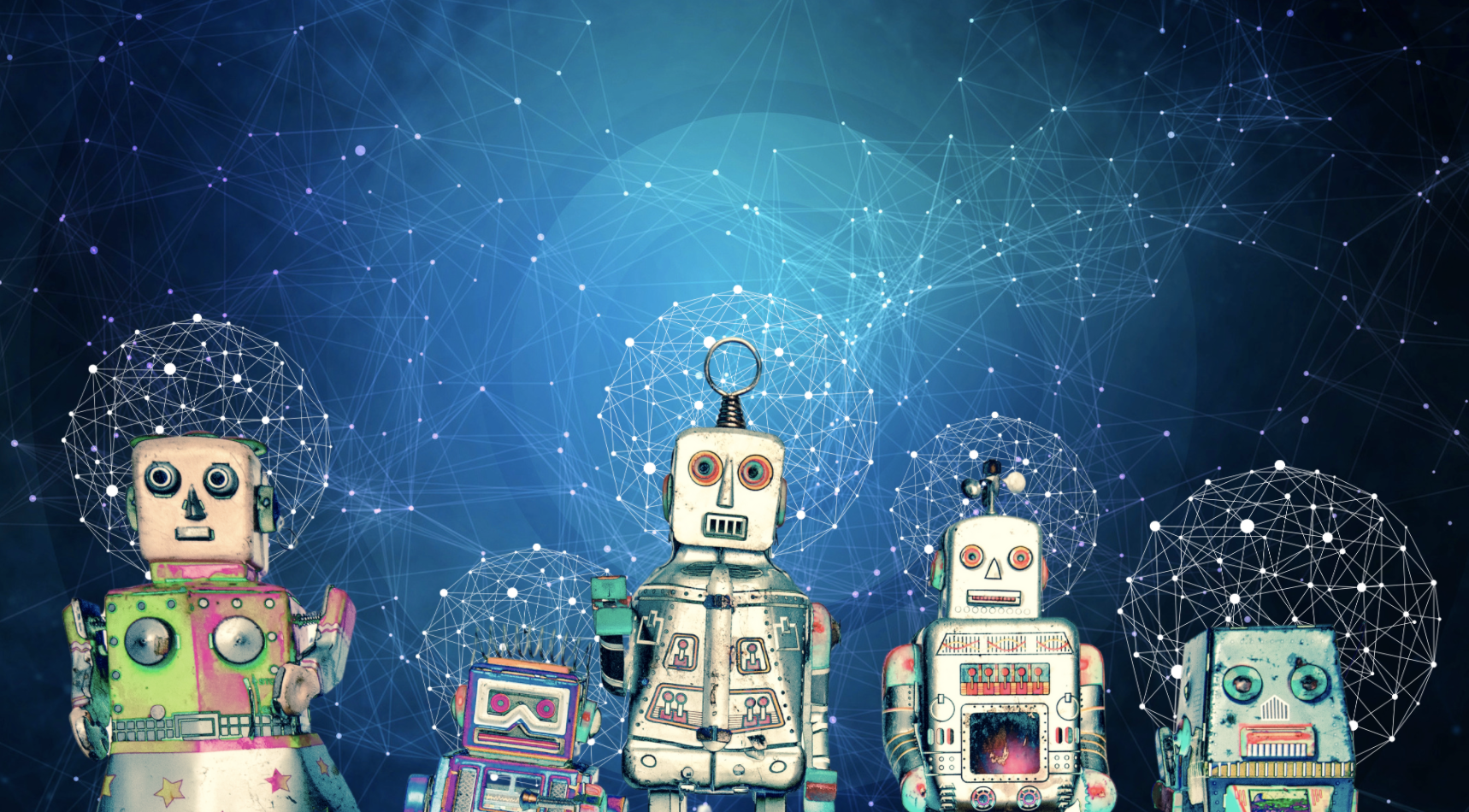Dell’s The Future Of Connected Living, Augmented Humans In A Networked World predicts that “A new era of human-machine alliances is on the horizon…everything around us will become more intelligent, communicative, and connected…from autonomous vehicles to smart homes to digital cities we won’t just live with our machines, but rather become more immersed and work in partnership with these machines and devices.” Visions of our day-to-day lives and communities made bright with new possibilities inspired by connected devices fascinate us as much now as they did in 1939.
Already, Artificial Intelligence and Machine Learning have been added to devices and applications as the Internet of Things has become more sophisticated in the past few years. Wired Magazine suggests the incorporation of AI into IoT devices has led to insights into data which has contributed to detecting fraud behavior at ATMs, predicting auto insurance premiums based on driving patterns, identifying hazardous stress conditions for factory workers, and monitoring law enforcement surveillance data to identify likely crime scenes.
Artificial Intelligence and Machine Learning could have even broader implications – AI and ML could become the tipping point between world war and peace. In his October 5 Wall Street Journal article Will We Have Cyberwar or Cyber Peace? Richard A. Clarke, a former White House counterterrorism and cybersecurity chief, offers two different visions of 2030. Clarke posits that AI could either make cyberspace safer for humans or devastate humankind.
Clarke points out that “Russia and China have secured hidden footholds in the U.S. electric grid and could use that access to cause blackouts in the future.” In some ways, our cities are already integrated digital devices – electric grids, water treatment plants and power sources are connected at multiple data points for remote monitoring, analysis and management. And, “in the event nations would choose to use their cyber weapons…we could expect that many parts of the U.S. would be without networked electric power for months.” A nation state destructing our critical infrastructure with a cyber weapon would be a catastrophic IoT device hack on a national scale.
The US does have its own cyber weapons programs with the “authority to lace potential adversaries’ networks with a destructive program that can be activated in the event of war.” Clarke voices the concern that nations (such as the US) existing in a state of high readiness with loaded cyber weapons tend to panic – to hit the destruct button- rather than to problem solve with adversaries towards peace. This notion is reiterated by James Johnson and Eleanor Krabill of the James Martin Center for Nonproliferation who suggest that “future iterations of AI-enhanced cyber counterforce capabilities will complicate the existing challenges of cyber defense, and in turn…increase the escalatory effects of offensive cyber capabilities.”
To balance his darker suggestions in his Cyberwar or Cyber Peace op-ed Clarke offers an alternate, optimistic theory for the future. He is a proponent of developing a defensive Machine Learning/AI solution against cyber war – a “master cyber AI that goes on the defense” for the greater good.
This is perhaps the greatest challenge for the future of connected devices – can our Department of Defense develop an AI smarter than them all that can protect our communities? Machine learning techniques and AI have already been successfully used for defense with activity detection, fraud prevention, crime mitigation within today’s prevalent IoT devices.
Perhaps cyber peace is not out of reach in 30 years – but efforts need to be focused towards defensive possibilities. Fortunately, the Defense Department’s Defense Innovation Unit gives us hope as they are prototyping an application that leverages AI to “decipher high-level strategic questions, map probabilistic chains of events and develop alternative strategies”
In Shared Assessments’ Senior Advisor Gary Roboff’s interpretation “No matter what happens in the future between nation states, human beings will be at the center of the outcomes. A cascading series of human actions (decisions) could lead to devastation, and another series of actions could lead to the optimistic outcomes Clarke mentions.” Additionally, Roboff points to the sense that “technology based weapons are just another stop along a line that started with spears, evolved into bow and arrows, pistols and machine guns, large conventional bombs, atomic weapons, etc. What will decide where we end up is not the technology, it’s what mankind chooses to do with it.”


